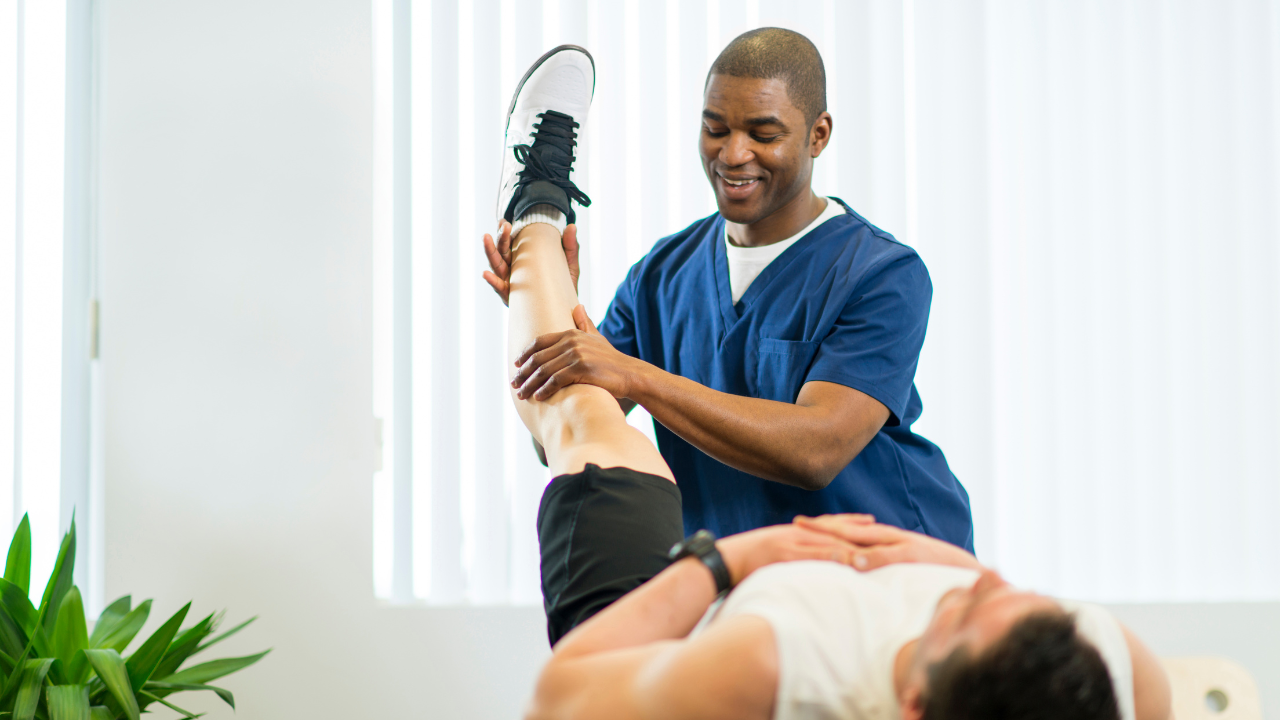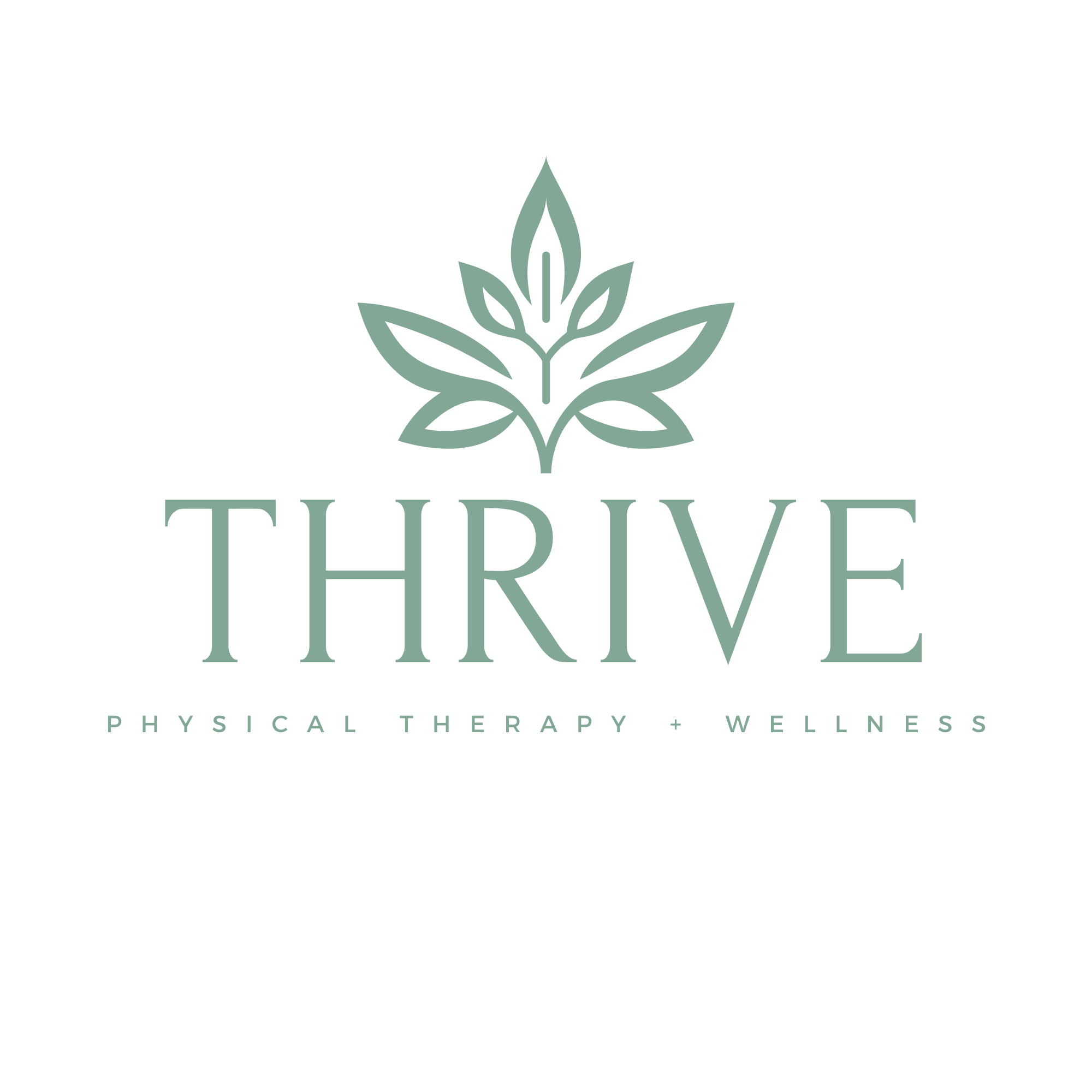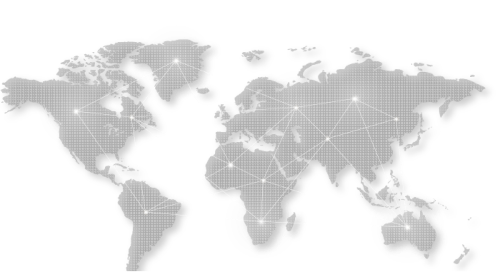
Whether you’re a weekend warrior or a seasoned athlete, sports injuries are an unfortunate part of the game. The pain, the frustration of missing out on activities you love, and the worry about how long it will take to recover can all be overwhelming. Fortunately, physical therapy can play a pivotal role in your recovery. It’s not just about rest or pain medications; it’s about understanding the injury, strengthening the body, and making sure you can return to your sport with full functionality.
At Thrive Physical Therapy, there’s a strong belief that injuries don’t have to define your athletic journey. Physical therapy provides targeted exercises, stretches, and techniques designed to aid in your recovery, reduce pain, and improve mobility. Let’s dive into some of the most common sports injuries and how physical therapy can help get you back on your feet (or back on the court, field, or track) faster.
The Ankle Sprain: A Common but Manageable Injury
Ankle sprains are perhaps the most common sports injury, especially in high-impact sports like basketball, soccer, and running. It happens when the ligaments in the ankle stretch too far or tear. The sudden twisting or rolling of the foot can lead to pain, swelling, and difficulty moving the joint.
What many don’t realize is that while an ankle sprain may seem minor initially, if it’s not treated properly, it can lead to chronic instability, leaving you more prone to future sprains. This is where physical therapy can make a huge difference. A physical therapist will work with you to improve the range of motion in your ankle, strengthen the muscles around the joint, and enhance your balance to prevent future injuries.
You’ll often be given exercises to rebuild strength in the ligaments, tendons, and muscles surrounding the ankle. These exercises focus on balance, coordination, and gradually increasing flexibility. Over time, physical therapy can reduce swelling, relieve pain, and ensure that the ankle heals correctly to prevent chronic issues down the road.
The ACL Tear: Recovery and Rehabilitation
For athletes who participate in sports like soccer, football, and basketball, an anterior cruciate ligament (ACL) tear is one of the most dreaded injuries. The ACL is one of the key ligaments in the knee, and it helps stabilize the joint during quick movements, changes in direction, or jumping. When this ligament tears, it can be devastating, and surgery is often required to repair it.
However, surgery is only part of the recovery process. Post-surgical rehabilitation through physical therapy is essential to regain full functionality and prevent long-term complications. Physical therapy focuses on strengthening the muscles around the knee, improving range of motion, and preventing scar tissue buildup.
One of the most important things to note is that physical therapy doesn’t just begin after surgery—it starts before. Prehabilitation, or physical therapy before surgery, can improve muscle strength, reduce pain, and prepare the body for the challenges of recovery. Post-surgery, the focus shifts to improving strength, stability, and proprioception (the body’s ability to sense movement in space). Through guided exercises, you can regain the strength and mobility necessary for your sport and day-to-day activities.
Rotator Cuff Injuries: Shoulder Stability and Strength
Shoulder injuries, particularly rotator cuff tears, are all too common in sports that involve overhead motions like baseball, swimming, tennis, and weightlifting. The rotator cuff is made up of muscles and tendons that stabilize the shoulder joint. When injured, it can lead to intense pain, limited mobility, and difficulty lifting or reaching.
For rotator cuff injuries, physical therapy is an essential part of the recovery process. In many cases, surgery can be avoided with the right rehabilitation plan. A skilled physical therapist at Thrive Physical Therapy will tailor an exercise regimen that targets the specific muscles of the rotator cuff, focusing on increasing strength, improving flexibility, and restoring proper alignment.
Physical therapy can also improve posture and movement mechanics to avoid re-injury. By developing a stronger shoulder girdle and increasing shoulder stability, you can regain full function of the shoulder joint. The goal is to avoid future injuries while maximizing performance—whether you’re lifting weights, playing tennis, or swimming.

Tennis Elbow: Overuse and Repetitive Stress
Tennis elbow, or lateral epicondylitis, is a common overuse injury that typically affects athletes in racquet sports, but it can also occur in anyone who performs repetitive arm movements. This condition involves the inflammation of tendons on the outside of the elbow, leading to pain, weakness, and discomfort when gripping or lifting objects.
While tennis elbow can be a frustrating injury, physical therapy can be highly effective in treating it. A physical therapist will focus on strengthening the forearm muscles, improving flexibility, and addressing any movement patterns that might contribute to the overuse. In some cases, a physical therapist might employ manual therapy techniques to release tension in the tendons and promote healing.
Your therapist will likely introduce eccentric strengthening exercises, which are known to help repair damaged tendons. These exercises focus on lengthening the muscle while it’s under tension, which is particularly effective for tendons that have been injured due to overuse. As you strengthen the surrounding muscles, the stress on the elbow decreases, allowing for faster healing and preventing recurrence.
Hamstring Strains: Straining to Recover
Hamstring injuries are common in sports that require running, jumping, and quick changes in direction. These muscles run along the back of the thigh and are essential for movements like sprinting and kicking. A hamstring strain occurs when one or more of these muscles is overstretched or torn, often resulting in sudden, sharp pain and difficulty walking or running.
Physical therapy is key when recovering from a hamstring strain. The rehabilitation process focuses on restoring flexibility, strengthening the muscles in the back of the thigh, and improving the mechanics of your gait. Stretching exercises help to lengthen the muscle fibers, while strengthening exercises target the hamstrings and surrounding muscles to reduce the risk of future strains.
A physical therapist will work with you to design a recovery plan that includes progressive exercises tailored to your specific injury. This may involve a combination of soft tissue techniques, strength-building exercises, and stretching routines. The goal is to help you recover faster and safely return to running, jumping, or other activities without further injury.
Suggested Reading: Physical Therapy vs. Surgery for Sports Injuries: Which is the Best Option?
The Importance of Physical Therapy in Sports Injury Recovery
No matter the sport, sports injuries are an unfortunate reality. But that doesn’t mean you have to suffer through long recoveries or risk re-injury by skipping the necessary rehabilitation. Physical therapy offers a comprehensive approach to healing, helping you not only recover but also prevent future injuries by strengthening muscles, improving flexibility, and correcting any imbalances.
What makes Thrive Physical Therapy different is the personalized care and tailored programs designed for your specific needs. Each injury is unique, and physical therapy should be too. By working with experienced professionals, you gain the benefit of hands-on therapy, specialized exercises, and a structured recovery plan that focuses on your long-term well-being.
Physical therapy isn’t just about getting you back to where you were before the injury. It’s about improving your overall strength, flexibility, and movement patterns to ensure you’re stronger than ever. At Thrive Physical Therapy, the aim is not just to recover but to thrive—returning to your favorite activities with confidence and strength.
Whether you’re dealing with an ankle sprain, an ACL tear, a rotator cuff injury, tennis elbow, or a hamstring strain, physical therapy offers the right path forward. With a blend of expert knowledge and hands-on care, you can ensure that your recovery process is both efficient and effective.
To learn more about how physical therapy can help you recover from your sports injuries, visit Thrive Physical Therapy.

